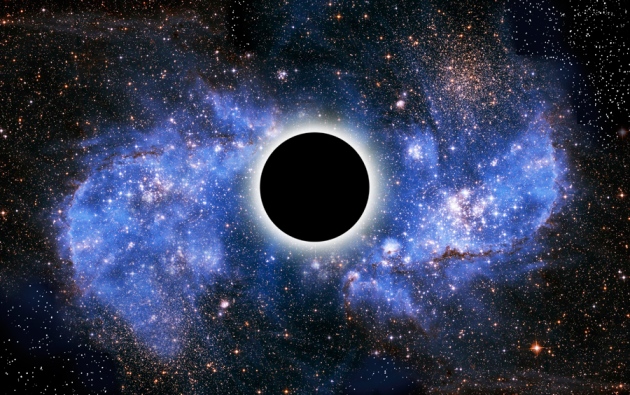The 2020 Nobel Prize In Physics Just Went To A Groundbreaking Discovery
This year's Nobel Prize in Physics is especially impressive considering why it was awarded.
This article is more than 2 years old

This year’s 2020 Nobel Prize in Physics goes to scientists Roger Penrose, Reinhard Genzel, and Andrea Ghez – only the fourth woman in history to receive the prize – for their discoveries about black holes.
The Nobel Prize committee announced that half of the award would go to Penrose of the University of Oxford for “the discovery that black hole formation is a robust prediction of the general theory of relativity,” while the other half will go to Genzel of the Max Planck Institute for Extraterrestrial Physics, Garching, Germany and University of California, Berkeley, and Ghez, also of the University of California, for “the discovery of a supermassive compact object at the centre of our galaxy.”
According to the Nobel Prize association’s press release on the award, Penrose showed that the general theory of relativity leads to the formation of black holes and that Genzel and Ghez discovered the existence of a supermassive black hole that governs the orbits of the stars at the center of the Milky Way.
While Albert Einstein did not believe in the existence of black holes, a decade after his death, Penrose wrote an article that supported Einstein’s general theory of relativity. Penrose explained back in 1965 that black holes can indeed exist, and that they are an area where nothing – not even light – can escape, where the known laws of nature no longer exist.

Nobel Prize winners Genzel and Ghez have studied an area known as Sagittarius A* at the center of the galaxy since the 1990s. Both discovered that there is an invisible object that pulls on groups of stars that causes them to fly at extreme speeds. Their work is the best evidence so far of the existence of a supermassive black hole at the center of the Milky Way. The supermassive black hole is said to be invisible and extremely heavy, about the size of 4 million suns, and governs the orbit of stars at the center of our galaxy.
Ghez is the fourth woman to win the Nobel Prize for physics. The first was Marie Curie who won in 1903 and became the only woman to win a Nobel Prize twice when she won again a Nobel Prize in 1911 for her contributions in the Chemistry field. Maria Goeppert also won in 1963 for discoveries involving nuclear shell structure. Another woman would not win for another 55 years when in 2018, Donna Strickland won for her work in the field of laser physics.
Ghez said of her Nobel Prize win, “I’m thrilled to receive the prize and I take very seriously the responsibility associated with being, as you said the fourth woman to win the Nobel Prize. I hope I can inspire other young women in the field.” Ghez continued, “It’s a field that has so many pleasures, and if you are passionate about the science, there’s so much that can be done.”

In a comment made to Scientific American about these Nobel Prize recipients, Sheperd Doeleman, founding director of the Event Horizon Telescope – which has been used to take groundbreaking photos of black holes – stated, “All of these breakthrough techniques bring us closer than we have ever come to the edge of the unknown, offering novel ways to study the most mysterious objects in the cosmos and to test our most fundamental theories.”
Doeleman continued about the contributions, “The results of the past several years have allowed us to ask questions we could never have formulated before. But more importantly, they allow us to dream big. The work celebrated today by the Nobel Prize is transformative, and the future for black holes, as they say, is bright!”











